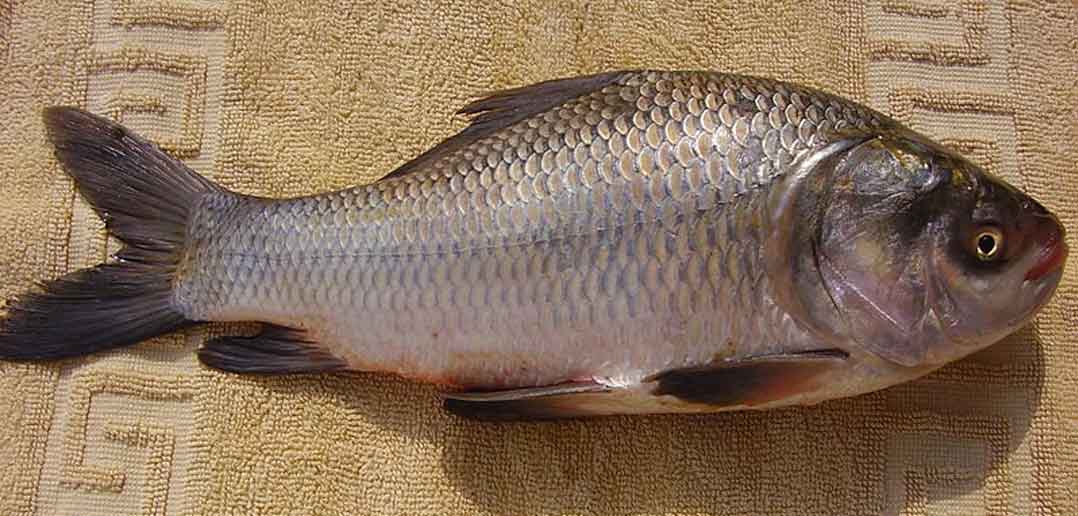GORE BAY—Thanks to the efforts and support of local fish and game clubs, the Lake Huron Fishing Club and Bruce Power, the Ontario Federation of Anglers and Hunters (OFAH), and local individuals, along with the school itself, students in the Grade 4/5 class at Charles C. McLean now have a micro-hatchery in their class to raise salmon. The students will raise the fish, with the assistance of the local fish and game clubs, and then stock them in area waterways.
“This is a great program, it’s wonderful,” stated Heather Jefkins, Grade 4/5 teacher at C.C. McLean, on Tuesday when the Recorder paid a visit to the class. Students are very excited about the project, as evidenced by their enthusiasm when they were asked questions on the project.
“The fish are doing well,” said Ms. Jefkins. She said it is a great program for her students to be a participant in, as the Grade 4 class is starting a unit on creating artificial land habitats in the community and the Grade 5 students have done a unit on conservation of energy.
“It’s all about being good citizens and the opportunity for the students to learn and help the community,” said Ms. Jefkins.
“The micro-hatchery at C.C. Mclean made its debut on Monday,” stated Jim Sloss, chair of the United Fish and Game Clubs of Manitoulin (UFGC) and a member of the Gore Bay Fish and Game Club (GBFGC), said at the latter’s meeting last week. Mr. Sloss said a large portion of the funding for the project (which totals about $1,700) had been provided by Bruce Power through the efforts of Richard Elliott Jr. of the Lake Huron Fishing Club (LHFC), the United and Gore Bay Fish and Game Clubs, the Ontario Federation of Anglers and Hunters, the Little Current Fish and Game Club and C.C. McLean.
It was through a provincial fishing organization that Mr. Sloss is a member that the contact was made with Mr. Elliott, and subsequently funding being provided by Bruce Power. “After talking to Mr. Elliott he said the (LHFC) might be able to get funding for this project, and that his club does a lot of these type of projects down south (Ontario). He came up with most of the funds for this project from Bruce Power. “With the support we have received locally as well, we actually now have a surplus in funds, and we are hoping to expand the project to other Island schools, like Little Current Public School next year and Central Manitoulin Public School (MIndemoya) the year after that, if the schools are interested.”
“The fish are in a beautiful 75 gallon tank-aquarium and Ches Witty, Al Clark, Mike Meeker, and Fred Heinen helped set everything up, the tank and equipment around it,” said Mr. Sloss. This included the installation of a new chiller and a heavy table to put the fish tank and equipment on.
Mr. Witty, Mr. Meeker and Mr. Sloss provided instruction to the class on the process of raising the fish in the tank and left an operations manual, and additional assistance is available when needed.
“Heather (Jefkins) (and fellow teacher Colleen Van der Weerden) will look after the fish along with the students,” said Mr. Sloss.
“The students are super excited about the project,” said Mr. Sloss. The fish tank houses 36 small salmon.
The UFGCM and GBFGC club provide the food for the fish.
Mr. Elliott, when contacted by the Recorder last Friday, said, “I am a member of the Lake Huron Fishing Club, having joined in 2010. At the time I said would like to restore the School Salmon Hatchery Program in schools. We started with one school and then three more in southern Bruce County the next year, and now we are up to 29 schools. Eventually, I’d like to see 100 schools involved.”
“That should add to over 1,000 students directly involved with raising the Salmon in their classrooms or library’s from Sarnia to Guelph to Manitoulin Island. We would like to send a huge thank you to Bruce Power for making this a reality,” said Mr. Elliott.
“When I joined our club in 2010 we were looking for new members, and I said the best way to do this is get both kids and adults involved,” said Mr. Elliott. “There is no better way to get youth involved than to go into the schools.”
“When you can get kids to buy in, it is good for fishing, conservation and the environment,” said Mr. Elliott. “It has proven to be a very successful project so far.”
“This project fits very well with the student’s curriculum,” said Ms. Jefkins. “For instance we have to test the water once a week and since our water is hard on Manitouliin we have to investigate PH levels.”
Ms. Jefkins pointed out, “this education program is a repeated function. Next fall we will have Scotty boxes and be able to raise the fish from eggs. One of the student’s homework assignments was to collect rocks to put in the bottom of the fish tank.”
The students have learned about how to and why it is imperative to keep the water in the tank clean, to prevent any bacteria growth. “During a regular school day we feed the fish about once every two hours,” said Ms. Jefkins.
“The fish arrived on December 31, and I had to look after them before the kids came back from the Christmas holiday break,” said Ms. Jefkins, who goes to the school once a day on weekends to feed the fish.
The class will raise the fish to about two and a half inch (six centimeters) in size, at which time Mr. Sloss and Mr. Witty will help get things ready for the release of the fish.





